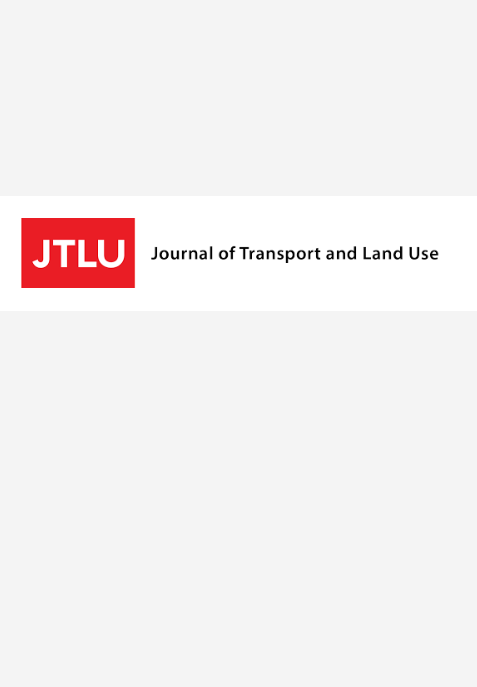PDF | Journal of Transport and Land Use, Special Section: Children and Youth Transport and Land Use Theory. 9, (2), pp.1-23, 2016.
Moran, M., Plaut, P. and Baron-Epel, O.
Abstract
Previous studies examined environmental correlates of children’s physical activity. While most of these studies used aggregated physical activity measures (i.e., overall physical activity, active travel), little is known about the contribution of specific environmental attributes to specific types of physical activity. This study examined associations between GIS-based environmental measures and children’s self-reported walking and bicycling. The study area included “traditional neighborhoods” (N=4), characterized by high-density, land-use mix and grid-street network, and “suburban neighborhoods” (N=3), characterized by low-density, land-use segregation, and cul-de-sac streets. Data on children’s physical activity and psychosocial and socio-demographic factors were obtained through a school survey (of fifth and sixth graders) (N=573). Urban-form measures (intersection density, residential density, and built coverage) were significantly positively associated with walking and negatively associated with bicycling. These associations remained significant after controlling for social, intra- and inter-personal factors. These findings suggest that certain environments may encourage children’s walking and hinder their bicycling at the same time (and vice versa) and therefore raise the need for a more clear distinction between child-related walkability and bikeablilty.
